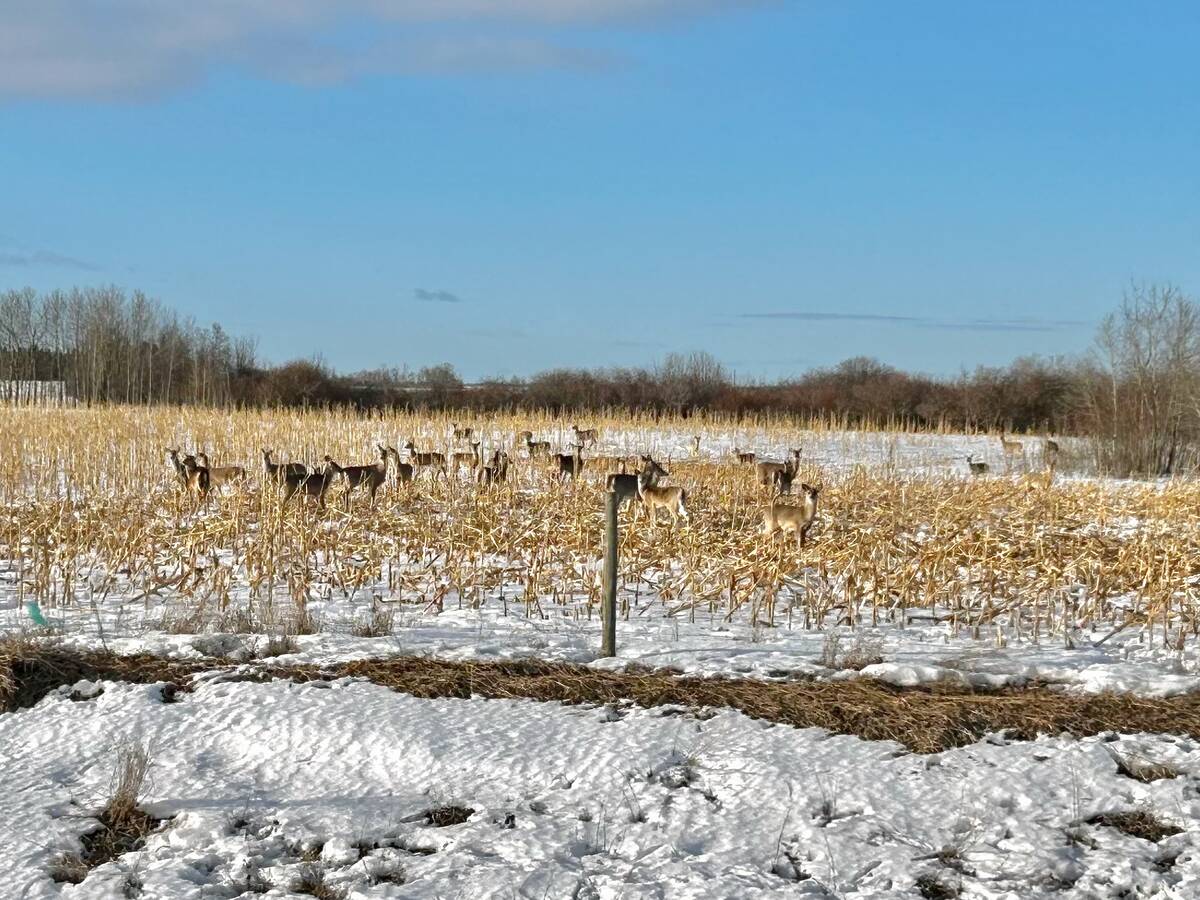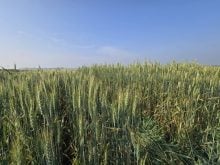Glacier FarmMedia – Crop research in Manitoba isn’t always easy.
Some crops aren’t commonly grown elsewhere in Canada and the province has unique growing regions such as the Red River Valley, which is hotter and wetter than the rest of the Prairies. Manitoba’s specialty research needs are sometimes hard to fill.
That’s why the the Manitoba Crop Alliance hired a consultant to evaluate crop research capacity in the province.
Read Also

Manitoba launches CWD tracking tool
A newly launched digital dashboard allows hunters to track where chronic wasting disease has been confirmed in Manitoba
“We don’t want to have really important research questions coming to us from the farming community that (scientists) in Manitoba can’t answer because of capacity (issues),” said Katherine Stanley, research program manager for special crops.
The alliance represents growers of corn, wheat, barley, winter wheat, flax and sunflowers. Spending checkoff dollars for certain crops can be complicated.
“Specifically corn, sunflowers and flax,” alliance chief operating officer Darcelle Graham said in 2023. “We struggle to find any kind of contractor or institution that can work on those special crops in the province.”
In 2023, the alliance commissioned Backswath Management to study the issue. The ensuing report identified roadblocks, including lack of human resources, program funding and equipment and infrastructure.
Manitoba has a shortfall of technicians, research associates and others who work in the field and in the lab.
“One of the things highlighted … was recruiting and retaining support staff — making sure graduate students are staying in the province, either working as research associates, post docs or in technical support,” Stanley said.
There’s stiff competition from elsewhere in North America and agricultural scientists are in high demand, according to the U.S. Bureau of Labour Statistics.
“Overall employment of agricultural and food scientists is projected to grow six per cent from 2022 to 2032, faster than the average for all occupations,” the bureau reported.
“About 3,000 openings for agricultural and food scientists are projected each year, on average, over the decade. Many of those openings are expected to result from the need to replace workers.”
Compensation is a big factor in that competition. Places that hire ag researchers — universities, colleges and non-profits — may need to increase wages to compete with out-of-province opportunities or private industry within the province.
The report also identified funding structure as a possible hindrance.
“Many funding programs are limited to a three- to five-year research project,” the alliance said on its website. “As research questions become more complex, the need to fund longer-term studies is critical to adequately address these challenges.”
Short-term funding also makes it difficult to retain crop research workers. The cash for a three-year project includes the salaries of employees involved. When that project ends or the funding dries up, that employee could be out of a job.
The research capacity report will now be used to dig deeper into the issue in hopes of developing solutions.
“We’re going to carry out discussions with private and public partners … and really have those direct conversations about what are the bottlenecks? What are the limitations to (doing) research in this specific area?” Stanley said.
“(We want) to make sure we are providing farmers of Manitoba with relevant data and information.”
















